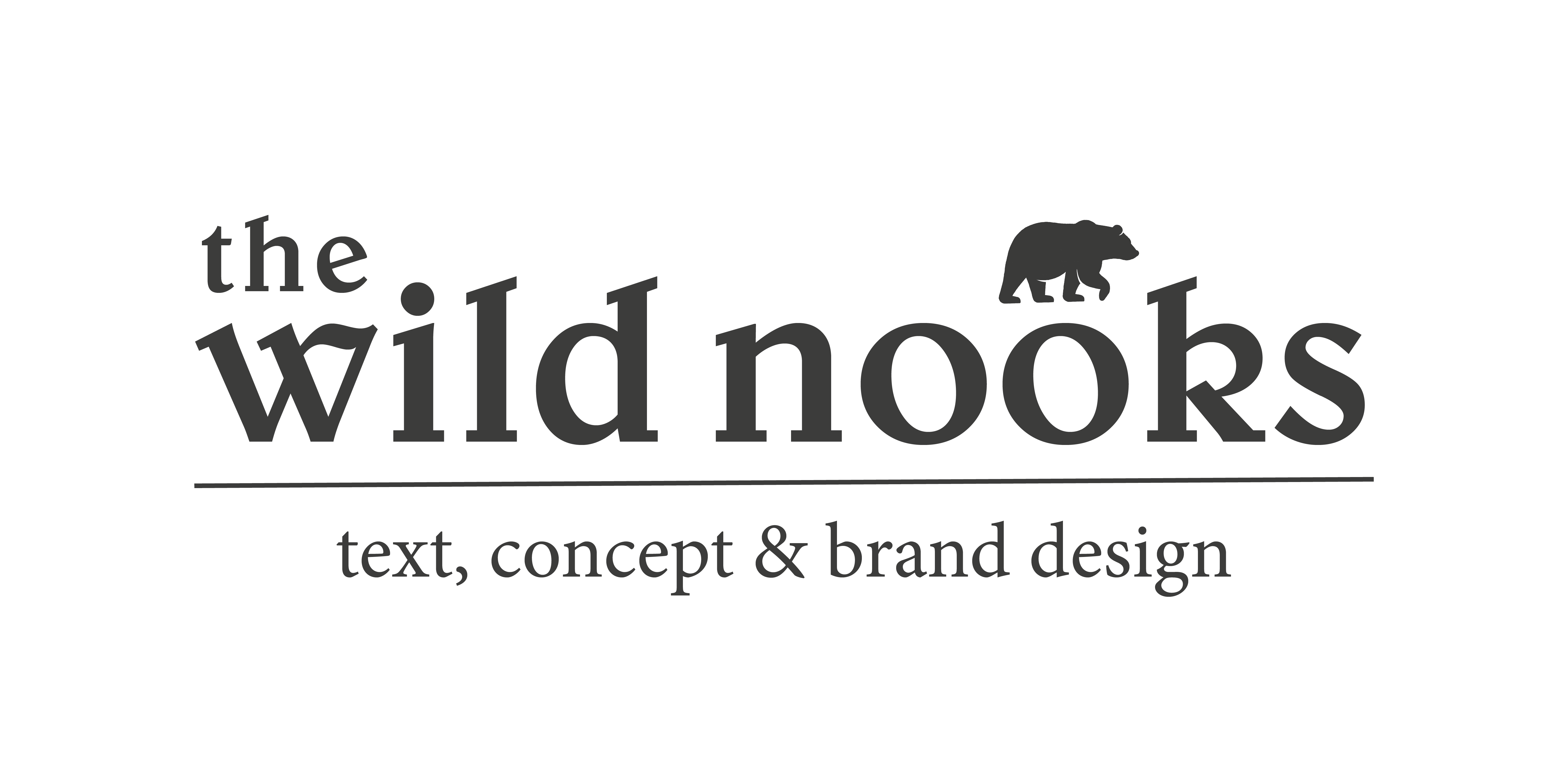What is Brand Strategy?

The Elements of Brand Strategy
Purpose
What defines your brand positioning? And what sets you apart fromm other in your industry? What is your personal purpose; your WHY? Dig deep, make a list of your values and try to frame your mission and your vision statements – some or more functional (evaluation of success); others more intentional (do good in the world).
Consistency
The key to consistency is to avoid leaving customers struggling to put disconnected pieces of your brand together – better: create a brand vibe. It includes not even your tonality, but also a color scheme, special elements (matching your logo) and also the structure of your website. The seamlessness of the brand should be shown very apparent across Social Media – like Instagram, Facebook or LinkedIn. By taking the time to define and agree upon these considerations, your brand will benefit as a whole.
Ask yourself: What is your brand story? A what is your brand voice? Do you also have a brand design?
Emotion
Find a way to connect with your customers on a deeper, more emotional level. Let them build a relationship, let them feel they’re part of your philosophy; of your WHY! Use the emotions of human being to strengthen your relationship and foster loyalty.
Flexibility
While consistency aims to set the standard for your brand, flexibility helps you to stay relevant in a fast-changing world. Be creative – and don’t be afraid to make changes. Create a new website, if you’re unhappy with your own; be open for a relaunch (new product names, new packages); or find new ways to speak to your followers (reels).
Loyality
If you already have customers who love your brand, maybe also a bunch of followers on social media, reward them for their being. Find brand ambassadors, ask them to write a review and feature them on your website, make a lottery or something else!
Define what your brand stands for, its core values and tone of voice,
and then communicate consistently in those termsSimon Mainwaring
Create a Strategy
Once you have your goals in place – ideal client persona, brand essence – it’s time to start planning how you will meet them. A strategy will outline your plans for action; but beware: these plans should be broad enough to allow flexibility as the business expands, but detailed enough to form a strong brand identity. It includes: philosophy and mission statementes, values and personality, your WHY, brand language and visual guidelines to ensure consistency, ideal client personas and competitor brand analysis, messaging examples, insights on potential partnerships, departmental processes and policies and investment plans
First of all you need time for a research and preparation phase, getting insights for the possible brand growth direction, an evaluation of what works and what doesn’t with the current brand, a competitor’s analysis, the definition of your WHY as well as an opinion of your current brand experience. The resulting captures brings clarity and works as an action plan on how to get the desired outcome.





